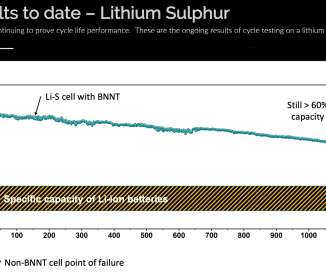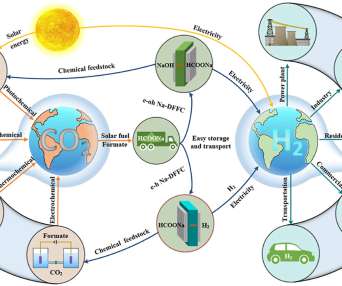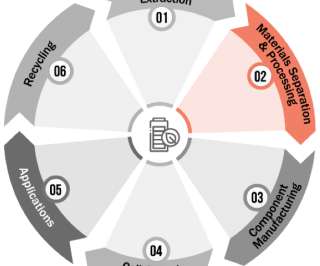New halogen conversion-intercalation chemistry enables high-energy density aqueous Li-ion battery
Green Car Congress
MAY 10, 2019
A team of researchers led by a group from the University of Maryland has. developed a halogen conversion–intercalation chemistry in graphite that produces composite electrodes with a capacity of 243 mAh g -1 (for the total weight of the electrode) at an average potential of 4.2 volts versus Li/Li +. V) and Cl ?






































Let's personalize your content